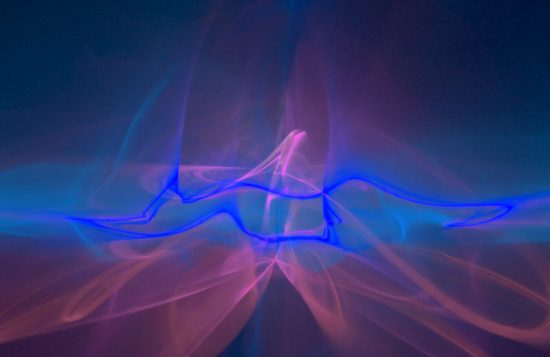
January 6, 2020
Is dark energy speeding everything up?
Dark energy is considered a necessary adjunct to the Big Bang theory, because distant galaxies appear to be accelerating as they recede from Earth-based observatories. Recessional velocity is something that astronomers believe contributes to the redshift of those objects. Redshift is thought to indicate distance and velocity when applied to remote galaxies and galactic clusters. But, as written before, what if redshift is a red herring?
Many research groups claim to confirm dark energy, but those data can be interpreted in other ways. Expansion of so-called “cosmic voids” is proposed, so that Big Bang theory can accommodate the anomalous observations. The Universe is presumed to be filled with dark energy, which produces a repulsive force, or the current theory of gravity is incorrect. Modern astrophysicists choose the former.
There are those who question the presumptions, however. Recently, astrophysicists from Yonsei University in South Korea announced that conjectures about type !a supernovae are incorrect. It is the spectra of those supernovae that contributed to dark energy theory.
Adam Riess and Saul Perlmutter were studying Type 1a supernovae, because they are considered “predictable”: their fluctuating magnitudes are supposed to be reliable indicators of a supernova’s true brightness. By calculating redshift, they can find out how far away they are.
Riess and Perlmutter were shocked to discover that the most distant Type 1a supernovae were accelerating. Not only that, the farther away they were, the faster they were speeding up. The effect was called “dark energy”, because no apparent cosmic influence could be seen. As time went on, new observations by various groups resulted in the conclusion that dark energy makes up 75% of the Universe.
Electric Universe advocates presume that plasma makes up 99.99% of the Universe. It is a fascinating convergence that the volume of gravitational mass from dark matter and dark energy is the same as the mass of plasma that is overlooked. From the perspective of the Electric Universe theory, electric charges drive galaxies and their associated stars. Laboratory experiments confirm that Birkeland current filaments form structures that resemble spiral galaxies. Birkeland currents have a longer-range attractive force than gravity by several orders of magnitude, diminishing with the reciprocal of the distance from the current axis – which could account for the anomalous movement of stars as they revolve around the galactic core, as well as the anomalous acceleration of galaxies in deep space.
As physicist and Electric Universe advocate Wal Thornhill points-out:
“All of the ‘dark’ things in astronomy are artifacts of a crackpot cosmology. The ‘dark energy’ model of the universe demands that eventually all of the stars will disappear and there will be eternal darkness. In the words of Brian Schmidt, ‘The future for the universe appears very bleak.’ He confirms my portrayal of big bang cosmology as ‘hope less’.”
Stephen Smith
The Thunderbolts Picture of the Day is generously supported by the Mainwaring Archive Foundation.












